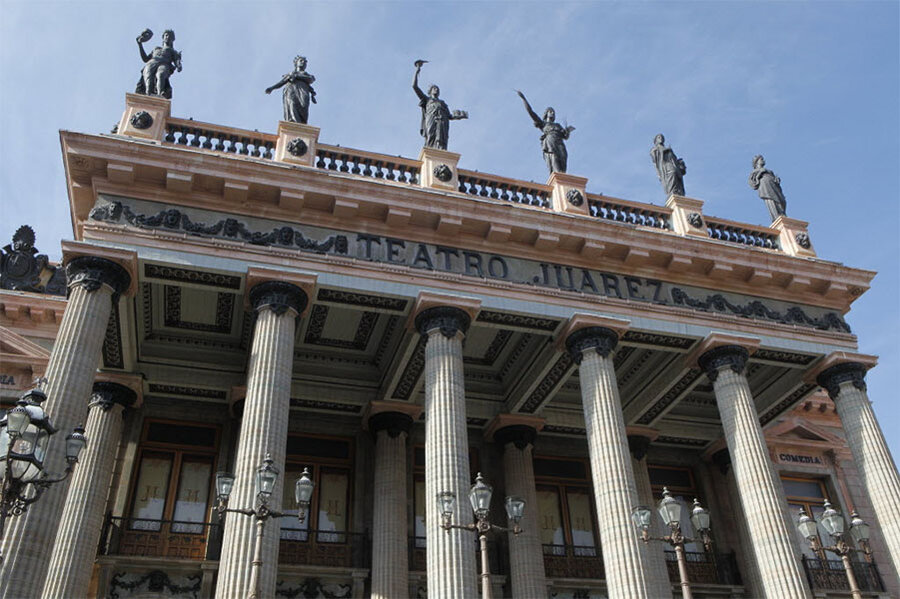Museums – where we invite the Muses in
Loading...
“This thing belongs in a museum!”
If you hear these words, and if “this thing,” whatever it is, belongs to you, have you been insulted – or complimented?
It depends on who’s talking, and about what. If a snarky computer tech is giving his assessment of the aging laptop you need help with, you’ve probably been insulted.
If the speaker is someone who’s admiring your fine china teapot, or perhaps a silver bowl that’s been in the family for generations, you’ve been given a compliment.
There’s a certain ambiguity in “museum status,” isn’t there? Some things “belong in a museum” because they’re no longer useful in their original purpose. Others belong there because their beauty and the skill and art that went into their making should be preserved, celebrated, and made available to the public.
The other day, pondering which summer blockbuster museum shows I could squeeze in before Labor Day, I stumbled upon an etymological truth: The original sense of the word that came into English as museum did not refer to collections of objects in dusty cabinets.
Rather, a museum was originally a “seat or shrine of the Muses,” as the Online Etymology Dictionary explains. The word came from a Greek word, transliterated as mouseion, meaning “place of study, library or museum, school of art or poetry.”
The dictionary adds, “Earliest use in reference to English institutions was of libraries (such as the British Museum); sense of ‘building to display objects’ first recorded 1680s.”
The Muses, let’s recall, were daughters of Zeus and Mnemosyne. She was one of the Titans, second-tier deities in ancient Greek mythology. She was the personification of memory, which was a big deal in the days before people had ready access to paper and books and little notes stuck to the fridge door. Memory held it all together.
Of Mnemosyne’s nine daughters with Zeus, Calliope was the chief muse, of eloquence and epic poetry. Clio was the muse of history.
Euterpe was the muse of music. And yes, music means, etymologically, “of or pertaining to the Muses.” The Online Etymology Dictionary notes that in classical Greece, music referred to “any art in which the Muses presided, but especially music and lyric poetry.”
Erato had jurisdiction over lyric and love poetry, Melpomene over tragedy, Polyhymnia over sacred music, Terpsichore over dance, and Thalia over comedy. Urania was the muse of astronomy. The ancients obviously sliced and diced the intellectual landscape differently than we would today.
And the connection between epic poetry and traveling circuses? Calliope literally means “beautiful-voiced.” The name was first applied to a steam-whistle keyboard organ around 1858.
Today’s museums, with their multimedia displays, traveling exhibitions, summer concerts, and yes, even gift shops selling “try this at home” art supplies, are so much more than dusty cabinets. We might say they’re returning to their (etymological) roots as the places where we invite the Muses in.







